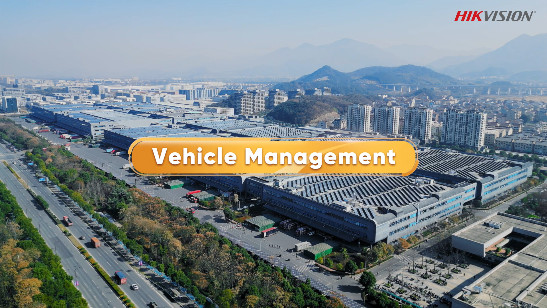Managing the daily operations of a busy industrial park involves ensuring the smooth movement of trucks in and out. Effective yard management is crucial, encompassing the organization, guidance, scheduling, and coordination of truck activities. Any misstep can lead to chaos and disrupt the flow of goods.
Industrial parks usually face common inefficiencies in their yards due to manual operations and outdated systems. Heavy reliance on manual labor slows down processes and increases errors. Truck entry appointments made via phone or email are slow and inefficient. As trucks enter and exit the yard, staff inspect and record vehicle information using paper forms which leads to long delays. Manual dock scheduling is complex and difficult to adjust during emergencies or disruptions. What's more, the lack of a streamlined online management system results in poor time management, inefficient resource allocation, and frustrated drivers.
The absence of visibility further complicates operations. For instance, efficient dock activities require careful planning and coordination, real-time monitoring, and alerts for any issues. Without real-time visibility of the number of trucks in the yard and their expected arrival times, operators face significant challenges in maintaining order. Recording and digitalizing data like plate numbers, freight information, weight, location, and speed from the moment a truck is appointed to its departure is crucial. Without a comprehensive view and proper utilization of this data, operators struggle to trace and resolve issues.
A smooth yard processes offered by yard management systems
Managing a diverse fleet of trucks and drivers is challenging and leaves no room for error. Operators need a comprehensive yard management system (YMS) to enhance safety, automate truck flows, streamline docking operations, and boost overall efficiency. Here's how yard management solutions simplify the entire process:
1. Streamlined appointments
Drivers can book appointments individually or in batches through an online self-service portal or by scanning a QR code. This system records vehicle information in advance for a smoother process.
2. Efficient inspections
Upon arrival, drivers check in and undergo on-site inspections at the gate with the help of mobile handheld devices such as PDAs. This facilitates online management and evidence recording, saving time for security guards and drivers.
